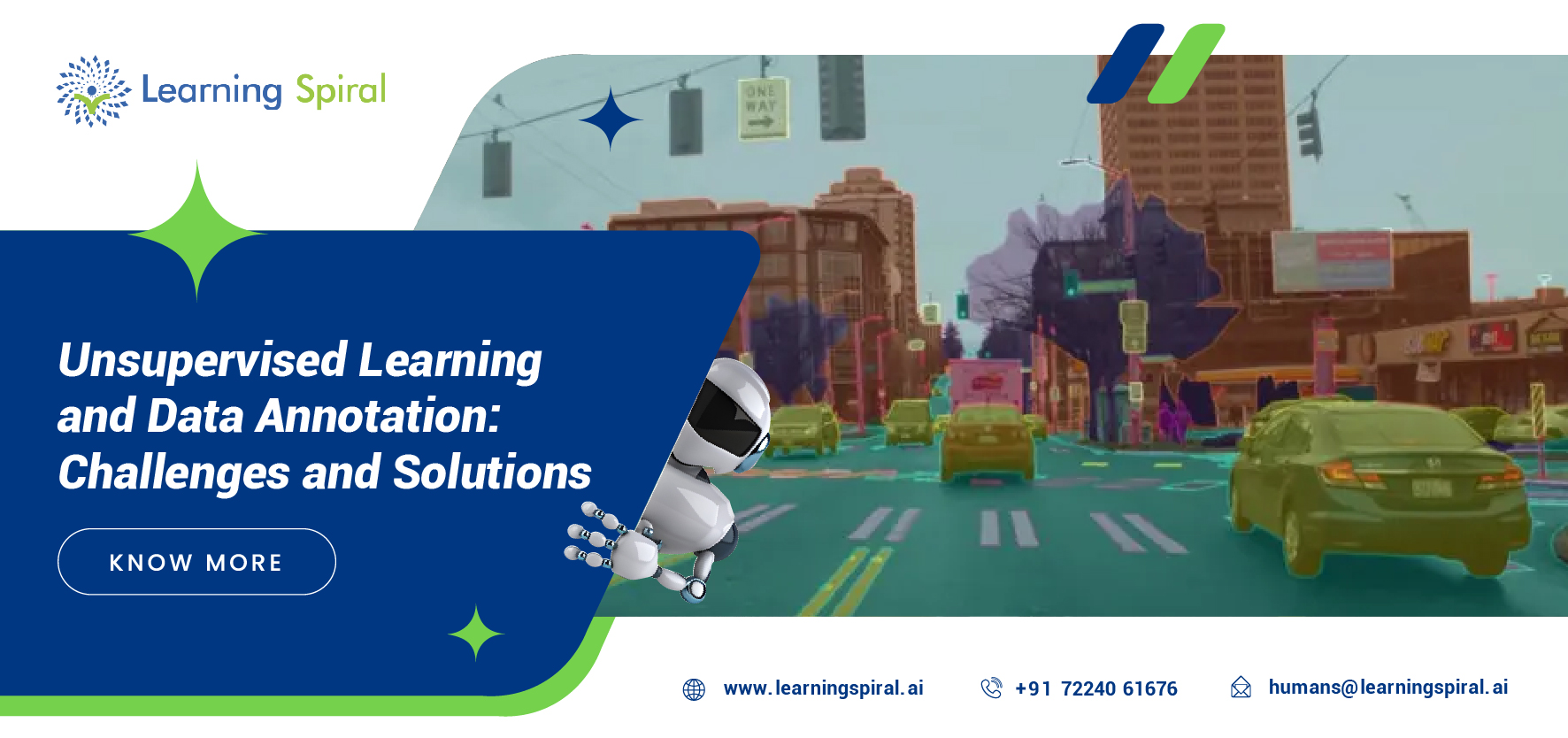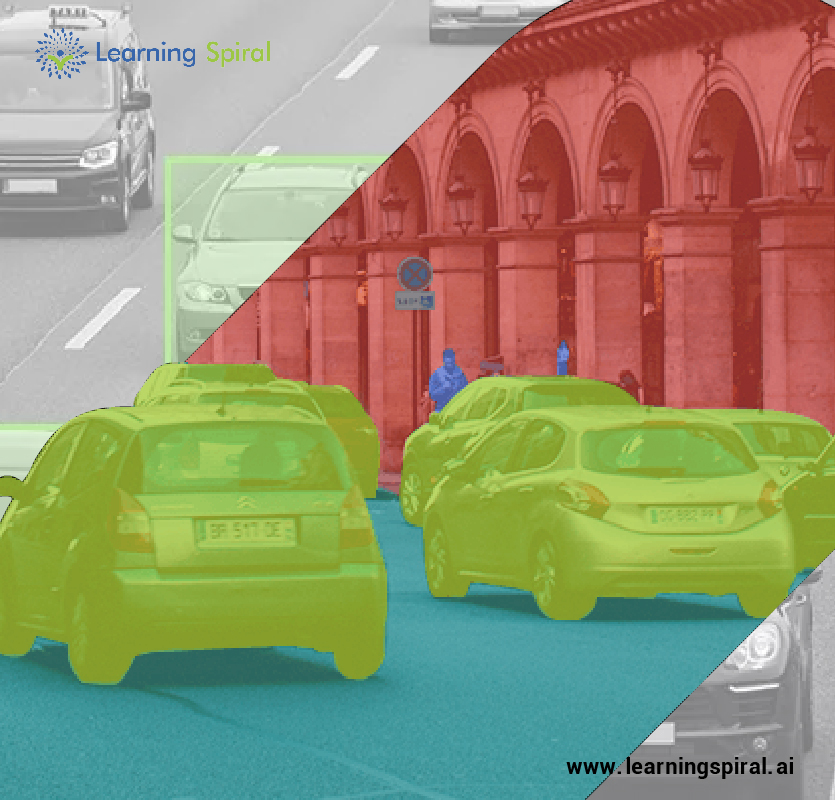
The ever-growing field of AI relies heavily on data. Supervised learning, a dominant approach, thrives on labeled data where information is meticulously categorized for algorithms to learn patterns. However, acquiring this labeled data can be a significant hold-up.
This is where unsupervised learning steps in, offering a powerful alternative for leveraging the vast amount of unlabeled data readily available.
What is Unsupervised Learning?
Unsupervised learning algorithms deal with unlabeled data, uncovering hidden structures and patterns without explicit labels. This makes it particularly useful for tasks like anomaly detection, dimensionality reduction, and clustering data points with similar characteristics.
Imagine analyzing customer behavior patterns in a massive dataset of website interactions. Unsupervised learning can group users based on browsing habits, revealing valuable insights without needing predefined categories like “frequent buyers” or “casual browsers.”

Challenges
Unsupervised learning isn’t without its challenges. Here are two major hurdles:
- Interpreting the Results:
Unsupervised algorithms identify patterns, but deciphering their meaning can be difficult. The groupings or structures unearthed might not be readily interpretable by humans.
For instance, an unsupervised algorithm might cluster news articles based on word usage. While the clusters exist, understanding the thematic connection within each cluster requires further analysis.
- Evaluation Metrics:
Unlike supervised learning, where accuracy against labeled data is a clear measure of success, evaluating unsupervised learning models is less straightforward. There’s no predefined “correct” answer, making it challenging to gauge the effectiveness or relevance of the discovered patterns.
Solving the Challenges
Data annotation, the process of attaching labels to data, plays a crucial role in addressing these challenges. Here’s how:
- Seed Data for Unsupervised Learning:
While unsupervised learning doesn’t require massive amounts of labeled data, a small seed set with predefined labels can be incredibly valuable. This seed data can guide the algorithm towards identifying meaningful patterns within the unlabeled data.
Imagine using a small set of labeled fraudulent transactions to train an unsupervised anomaly detection system. The unsupervised algorithm can then analyze vast amounts of unlabeled transactions, searching for patterns similar to the labeled fraudulent ones.
- Active Learning for Targeted Annotation:
Active learning, a semi-supervised technique, bridges the gap between supervised and unsupervised learning. The model identifies the most informative data points from the unlabeled pool and requests human intervention for labeling.
This targeted approach significantly reduces the overall annotation effort needed while still providing valuable training data for the unsupervised model.
- Evaluation through Human-in-the-Loop Techniques:
Incorporating human expertise becomes crucial for evaluating unsupervised learning results. Domain experts can assess the relevance and meaningfulness of the patterns discovered by the algorithm. Visualizations can also aid in interpretation.
Conclusion
In conclusion, unsupervised learning offers a powerful tool for unlocking insights from the vast sea of unlabeled data. While interpreting the results and evaluating their effectiveness pose challenges, data annotation techniques like seed data, active learning, and human-in-the-loop evaluation can bridge the gap. By combining these approaches, we can harness the full potential of unsupervised learning and unlock valuable knowledge from the ever-growing ocean of unlabeled data.

